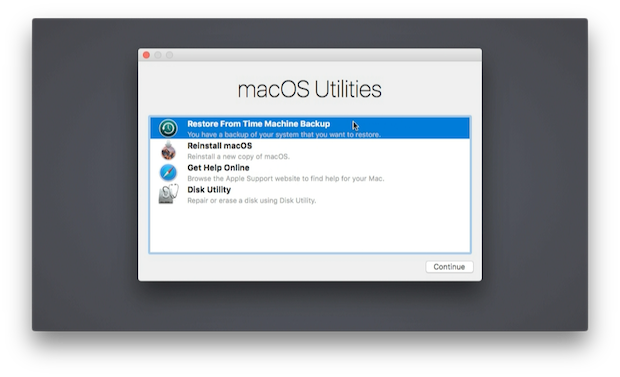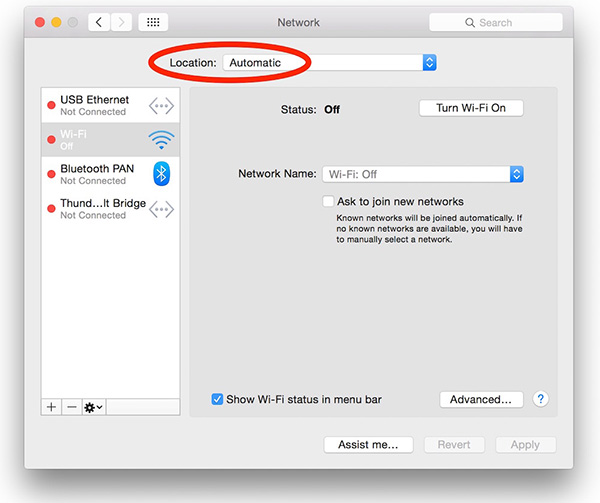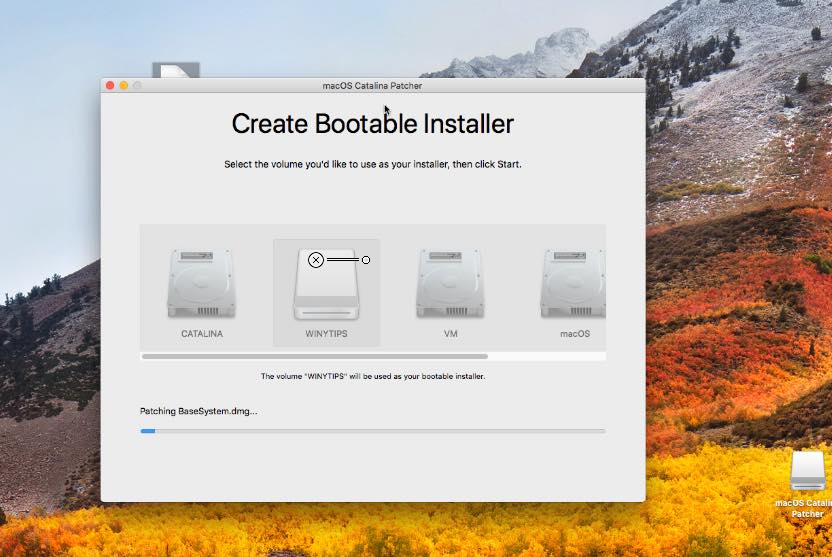Catalina Reinstall
- Catalina Installer Download Dmg
- Catalina Reinstall Usb
- Catalina Reinstall Stuck At 25
- Catalina Install Stuck
MacOS Catalina will start to install. When it’s finished, your Mac will restart and it will look like a brand new Mac. Go through the set-up process to set up a user account, add your wifi network, choose a language, and log in to iCloud. Once you’ve set up your Mac, you can eject the installer disk and remove it.
How to Reinstall macOS on Your Computer
If your Mac has been having problems or behaving erratically as of late, it might be time for a fresh install of macOS using Recovery mode and Disk Utility. A new install may also be useful if you have plans to give away or sell your Mac. In this case, you’ll want to remove your personal data and conduct a factory reset before your Mac leaves your possession.
After that, quit Terminal and click Reinstall macOS to run the Catalina/Mojave installer again. Solution 3: Install the Full Version of Mojave/Catalina Installer. Luckily, Catalina's hardware requirements are the same as Mojave, so if your Mac is already running Mojave, then you can Catalina without any issues. Macs running macOS Mavericks (or newer) can successfully run Catalina so long as it meets the hardware requirements. Below is the list of Macs that meet Catalina's hardware requirements.


The only issue I still have is after reinstalling many of the apps, I need to figure out where previous scripts and preferences are stored. As an aside, Catalina will not show Library as a View option in Finder. I did see on your web site an option: once Library is opened using the Option, create an alias. Thank you again! Press and hold Command + Option + R.This allows you to reinstall the latest version of macOS that is compatible with your Mac computer from the internet. Press and hold Shift + Command + Option + R. This option allows you to reinstall the macOS that came with your Mac, or the closest version still available. Press and hold Command + R.
Here’s how to go about reinstalling macOS on your computer using Recovery mode and macOS Utilities.
How Do I Reinstall macOS?
Important: Should You Back Up Your Data Before Reinstalling macOS?
Even if you’ll be keeping your computer in your possession and won’t be wiping data, it’s always a good idea to back up your Mac before reinstalling macOS. That way, in the event of an error, you can be sure your private documents, pictures, and more will remain safe. Backups can be performed using either a separate hard drive or the cloud.
Before Your Begin: Which macOS Version Do You Want Reinstalled?
The following instructions will help you reinstall the latest macOS version that’s been installed on your Mac. Please note that if you prefer to install the latest compatible version of macOS or alternatively, the first version of macOS that originally came with your Mac, you should search for those specific instructions.
Follow These Steps
Step 1: Start by entering Recovery mode on your Mac. To do this, navigate to the Apple icon in the top left corner of your screen, and click “Restart…”. This will shut down your computer and immediately start it back up again. As soon as you hear your computer start to come back on, press and hold down one of the following key combinations:
- On Intel Macs: Command + R
- On M1 Macs: Power button*
*Hold the power button until you see a startup window appear with options available, and click “Options” and then “Continue”.
Step 2: You’ll see the macOS Utilities window open. For those wiping their disk, navigate to “Disk Utility” and then click “Continue”. If you do not plan to wipe your disk, pause here and move on to Step 8.
Step 3: Erase the desired volume. For Macs with any operating system older than Catalina, simply delete the volume titled Macintosh HD. For Macs that have Catalina or any operating system that came after Catalina, you’ll be required to delete the following two volumes:
- Macintosh HD
- Macintosh HD-Data
First, delete Macintosh HD-Data. Next, delete Macintosh HD.
Step 4: If your current macOS version is Catalina, Mojave, Big Sur, or (in most cases) High Sierra, select the format APFS. If your current macOS version is older than these, select the macOS Extended (Journaled) format.
Catalina Installer Download Dmg
Step 5: For the Scheme, choose GUID Partition Table. Keep in mind that if you only have the volume selected, the Scheme won’t be something you have to worry choose.
Step 6: Select “Erase and wait”.
Step 7: Press Command + Q to quit. Alternatively, select “Disk Utility” and then click “Quit Disk Utility”.


Step 8: Looking at the Utilities window before you (note: if you’ve just wiped your computer following the above steps 2-7, the Utilities window will be appearing for the second time). In either case, select “Reinstall macOS” and wait until the process has completed.
Use the steps above to reinstall macOS on any Mac. Keep in mind that this process should be completed during a time in which you can devote your full attention to it. While you won’t have to stare at your screen throughout the actual reinstallation process, you should be nearby in the event that any troubleshooting is needed.
Easy way to Clean Install mac OS Catalina
macOS Catalina is Apple’s shiny new operating system for the Mac and it’s got a ton of great features and improvements. You’re probably keen to get started and install it straight away. Before you do, consider whether you want to install it over the top of your current OS, or as a completely clean install of macOS Catalina. The benefits of the latter are that it will be like a completely new Mac, with all your settings wiped out, and junk files gone. It should make your Mac run faster. The rest of this article will explain how to clean install macOS Catalina.
Before the clean installation of macOS 10.15 Catalina it’s recommended that you first delete junk and dusty files from the current macOS. There are many free and paid tools to clean junk but the quickest option is to run CleanMyMac X. You can expect to free up tens of gigabytes of space, including old apps, and their leftovers.
Here’s how it works.
- Download and install CleanMyMac — try a free edition of the app here
- Choose the System Junk tool.
- Press Scan.
- When it’s finished either press Remove to get rid of all the files it recommends, or choose Review to look through what it’s found and decide for yourself what to delete and what to keep.
Backup your Mac
I can’t stress how important this is. You must backup your Mac before you do anything else. You’re going to be erasing your startup drive completely, so you need a complete backup of everything. You can use Time Machine, another backup app, or a cloning tool. Just make sure you have a complete, preferably bootable, copy of your current installation.
Catalina Reinstall Usb
You should also make notes of settings for apps you use regularly – screen grabbing them is a good way to do that. And you should make sure you have a copy of any licence codes that you’ll need when you reinstall applications. You can use Apple’s Notes app to make notes, as long as you sync them with iCloud.
Create a bootable installer of macOS Catalina
If you’re reading this after Catalina ships, you can download it from the Mac App Store and then choose Quit when the installation starts. If you’re clean installing the beta (and, by the way, that’s not something I would recommend. It’s much better to create a dual boot system when you run the beta.
- Grab a USB stick with a capacity of at least 16GB, or an external hard drive or USB.
- Go to Applications>Utilities and launch Disk Utility.
- Launch Disk Utilities and Erase the Drive or USB stick, formatting it as Mac OS Extended (Journaled) or APFS and selecting GUID partition map if a selection is available.
- The easiest method for creating a bootable installer is to use DiskMaker X. However, if you’re comfortable using Terminal, you can do it like this:
- Launch Terminal from Applications>Utilities
- Type:
sudo /Applications/Install macOS Catalina Beta.app/Contents/Resources/createinstallmedia --volume /Volumes/Untitled --applicationpath /Applications/Install macOS Catalina Beta.appwhere ‘Untitled’ is the name of your USB stick or external hard drive - Press Return and wait for the word Done to appear in Terminal.
Once you see ‘Done’ in Terminal you can quit it. Your USB stick or external hard drive is now a bootable Catalina installer, so keep it safe. Now, it’s time to clean install macOS Catalina.
How to Clean install macOS Catalina
Now you've made a backup and created a bootable installer, it's time to actually install the new macOS. Follow these easy steps to clean install macOS Catalina on your Mac.
- Plug your USB stick or external hard drive into your Mac, if it’s not plugged in already.
- Restart your Mac while holding down the Option key.
- When you see the options for booting appear on screen, choose the installer disk you just created.
- When you see the macOS Utilities screen appear, choose Disk Utility
- When Disk Utility launches, choose the Eras tab then select your startup volume (probably called Macintosh HD).
- Give your startup disk a name, then choose a format. If you have a recent Mac with an SSD startup disk, select APFS. If you have an older Mac with a mechanical hard drive or Fusion Drive, choose whichever one you want to use.
- Choose Erase.
- When Disk Utility has finished erasing the disk, quit it to return to the macOS Utilities screen.
- Choose Install macOS.
- Press Continue and choose the drive you just erased and re-formatted as the destination.
- MacOS Catalina will start to install.
- When it’s finished, your Mac will restart and it will look like a brand new Mac. Go through the set-up process to set up a user account, add your wifi network, choose a language, and log in to iCloud.
Catalina Reinstall Stuck At 25
Once you’ve set up your Mac, you can eject the installer disk and remove it. Remember to keep it safe. You can now restore files you backed up earlier from Time Machine or whichever backup tool you used. Remember to restore files and folders individually, don’t, for example, restore your entire user directory otherwise you’ll copy back all the junk files you just got rid of. Reinstall applications and go through them adding license details where necessary. Check that everything works as you expect it to and use the screen shots you made earlier to configure settings.
Catalina Install Stuck
There are lots of good reasons why you might want to clean install macOS Catalina, but the most important one is that it should make your Mac feel like new and keep it running smoothly. For ultimate Mac refresh you can also download CleanMyMac X and play with its cleanup tools. Getting rid of old junk feels great.